 October 14, 2005: Tim Cook takes the reins as Apple’s chief operating officer. His new role as Apple COO continues his upward climb through the company’s ranks that will make him CEO less than six years later.
October 14, 2005: Tim Cook takes the reins as Apple’s chief operating officer. His new role as Apple COO continues his upward climb through the company’s ranks that will make him CEO less than six years later.
“Tim and I have worked together for over seven years now, and I am looking forward to working even more closely with him to help Apple reach some exciting goals during the coming years,” Steve Jobs says in a statement.
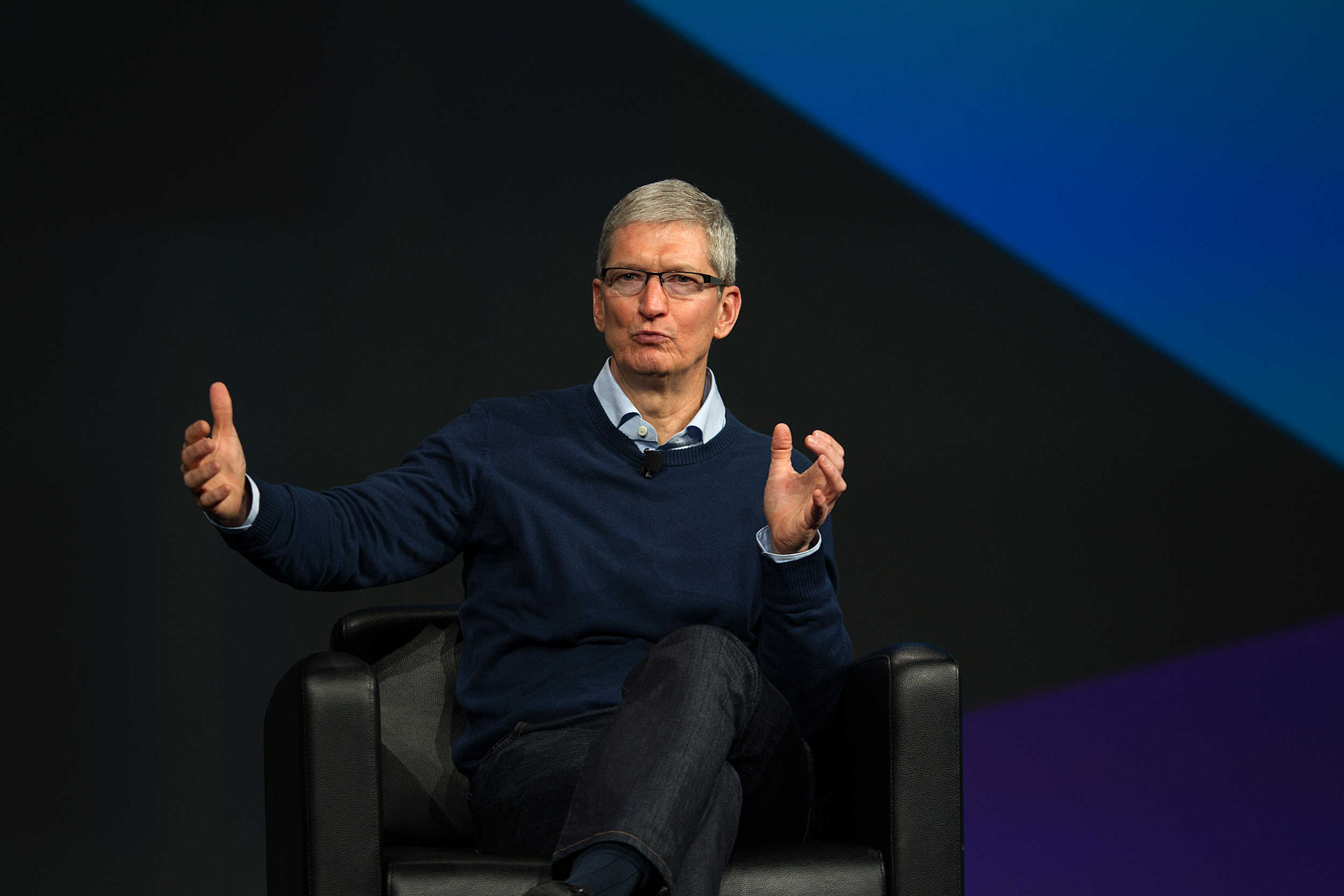


 October 13, 2006: Apple launches a limited-edition iPod nano (Product) Red Special Edition music player in collaboration with U2 lead singer Bono and activist/attorney Bobby Shriver, with 10% of profits going to fight AIDS in Africa.
October 13, 2006: Apple launches a limited-edition iPod nano (Product) Red Special Edition music player in collaboration with U2 lead singer Bono and activist/attorney Bobby Shriver, with 10% of profits going to fight AIDS in Africa.
 October 12, 2011: Apple launches
October 12, 2011: Apple launches 
 October 11, 1995: Steve Jobs files the paperwork to float Pixar Animation Studios on the stock market.
October 11, 1995: Steve Jobs files the paperwork to float Pixar Animation Studios on the stock market.
 October 7, 2011: Two days after the
October 7, 2011: Two days after the 
 October 5, 2011: Apple co-founder
October 5, 2011: Apple co-founder 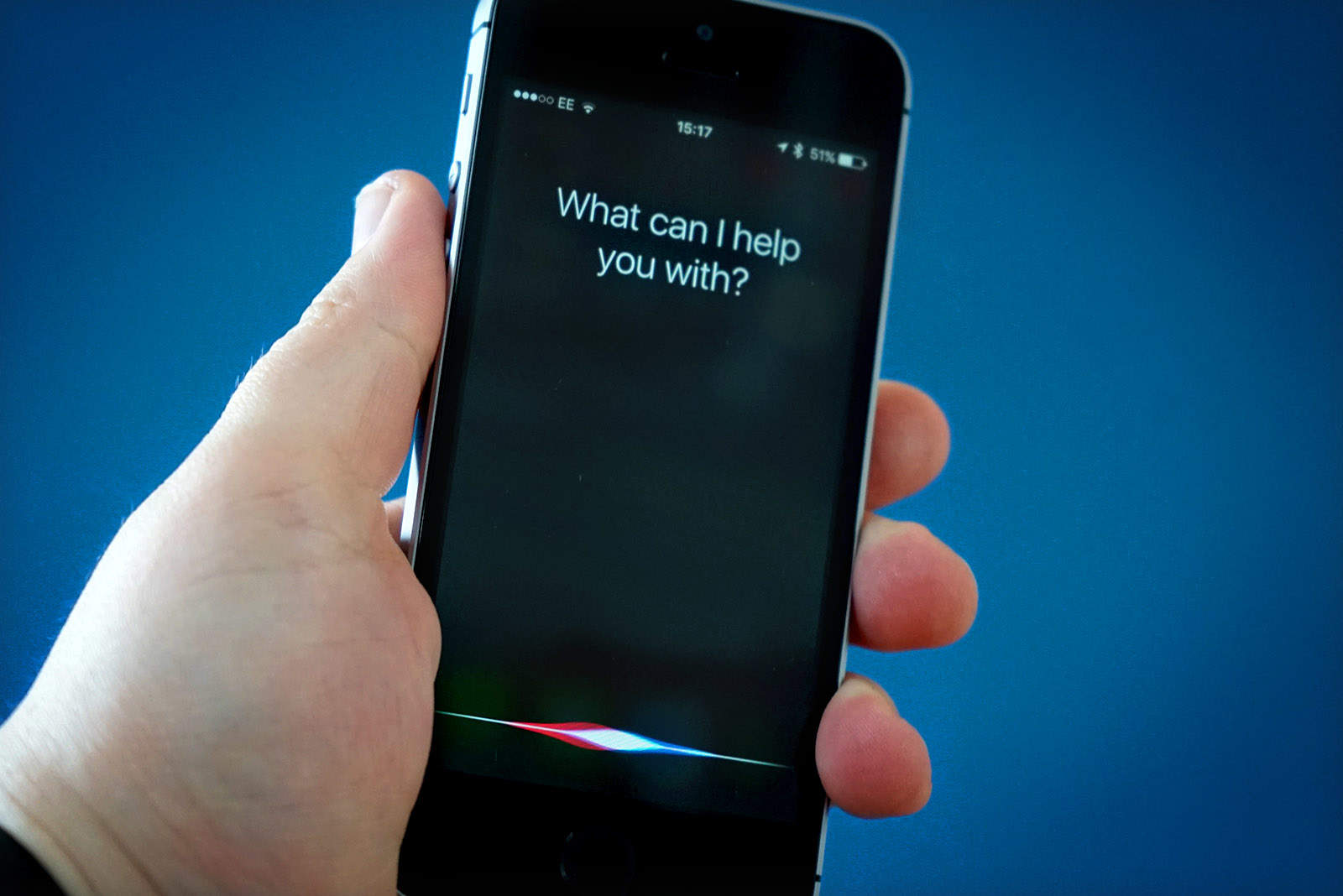
 October 4, 2011: With the unveiling of the iPhone 4s, Apple introduces the world to
October 4, 2011: With the unveiling of the iPhone 4s, Apple introduces the world to 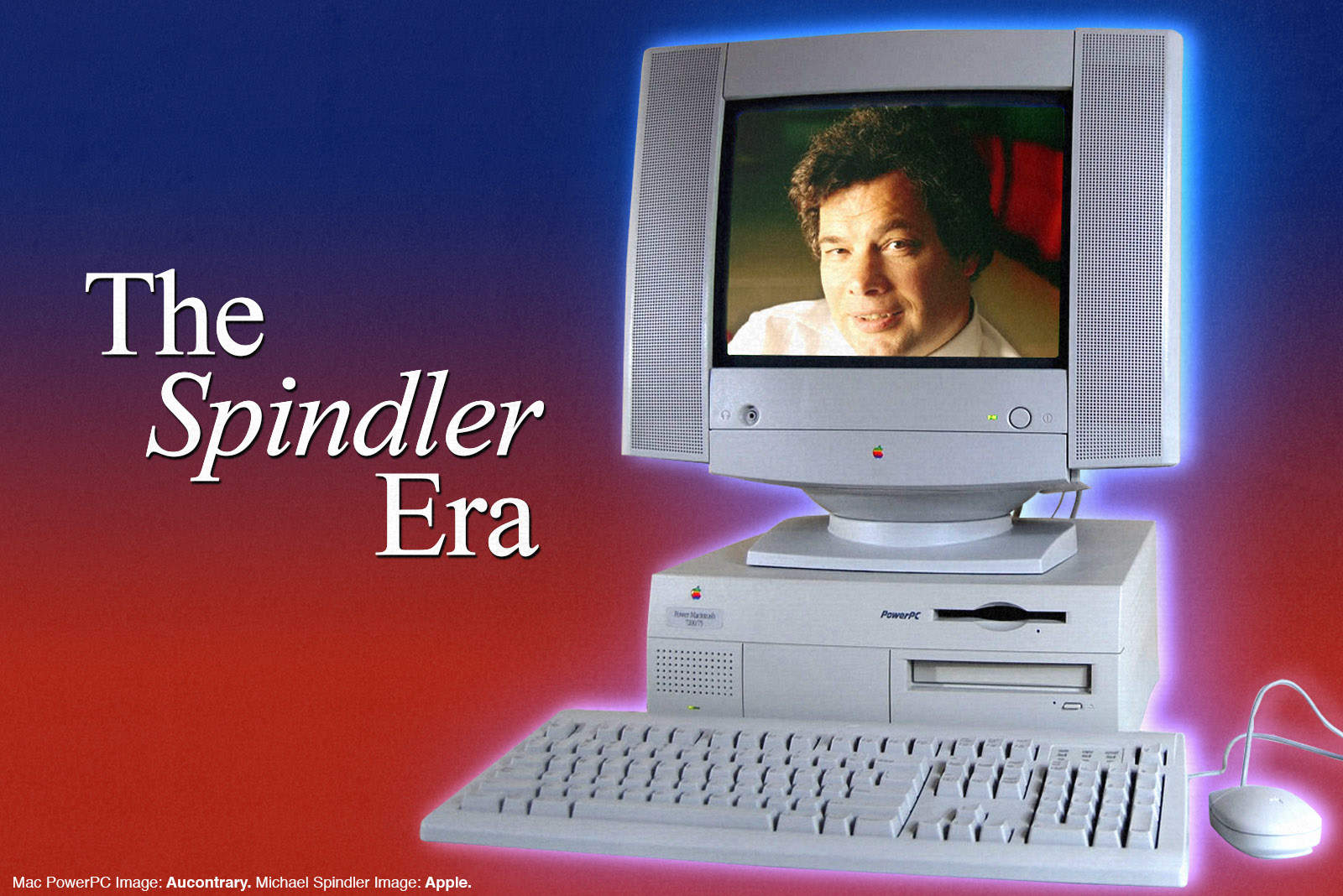
 October 3, 1994: Apple CEO Michael Spindler reassures the world that Apple “is not a lame-duck company.”
October 3, 1994: Apple CEO Michael Spindler reassures the world that Apple “is not a lame-duck company.” October 1, 2011: Just days before Apple plans to unveil the iPhone 4s, the device’s name leaks after the latest iTunes beta inadvertently spills the beans.
October 1, 2011: Just days before Apple plans to unveil the iPhone 4s, the device’s name leaks after the latest iTunes beta inadvertently spills the beans.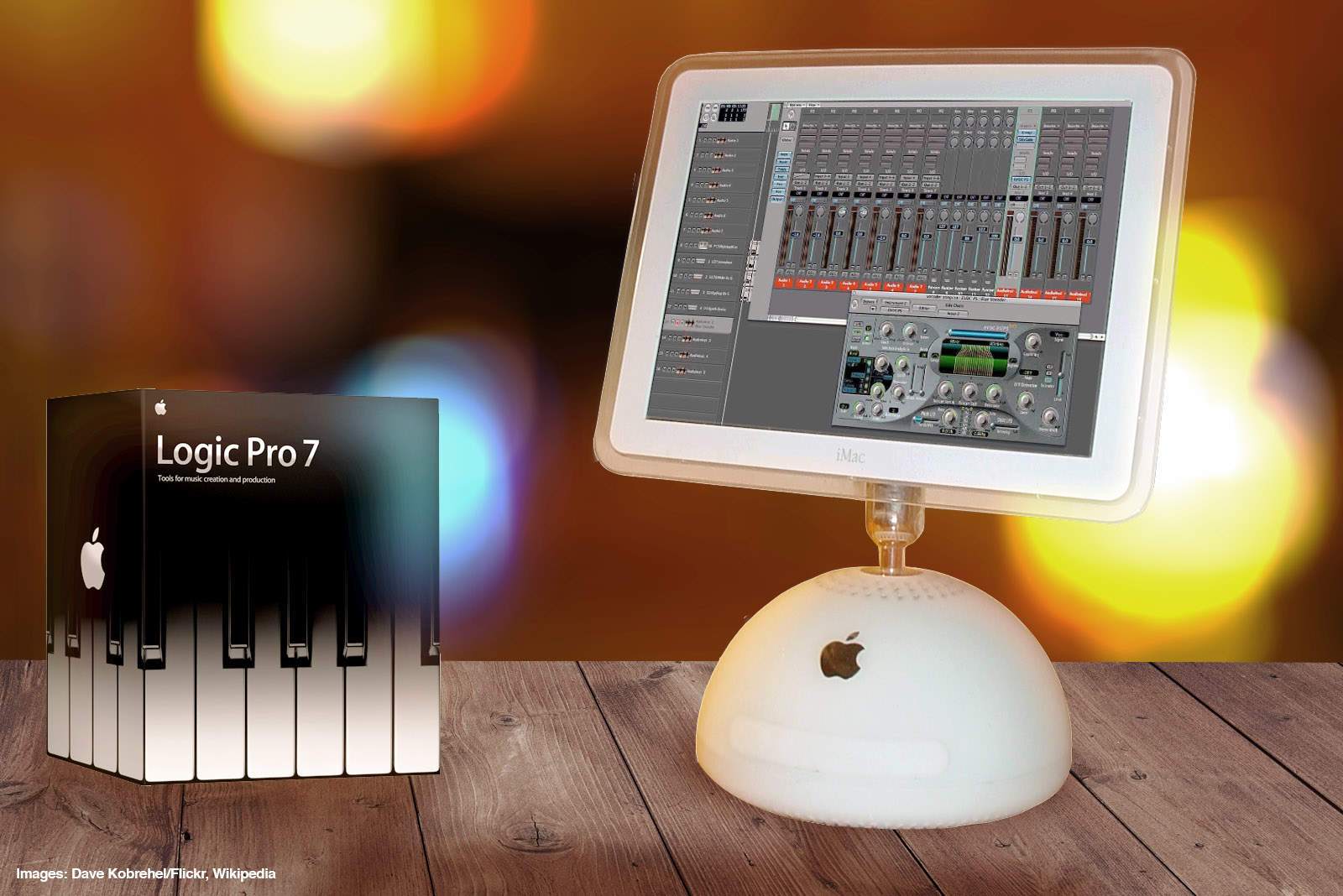
 September 29, 2004: Apple launches Logic Pro 7, its professional music creation and audio production software. The update brings new tools and a streamlined interface in line with other Apple software.
September 29, 2004: Apple launches Logic Pro 7, its professional music creation and audio production software. The update brings new tools and a streamlined interface in line with other Apple software.
 September 28, 1997: Apple debuts its iconic “Think Different” ad campaign. The television commercial aligns the troubled computer company with some of history’s most celebrated freethinking rebels.
September 28, 1997: Apple debuts its iconic “Think Different” ad campaign. The television commercial aligns the troubled computer company with some of history’s most celebrated freethinking rebels.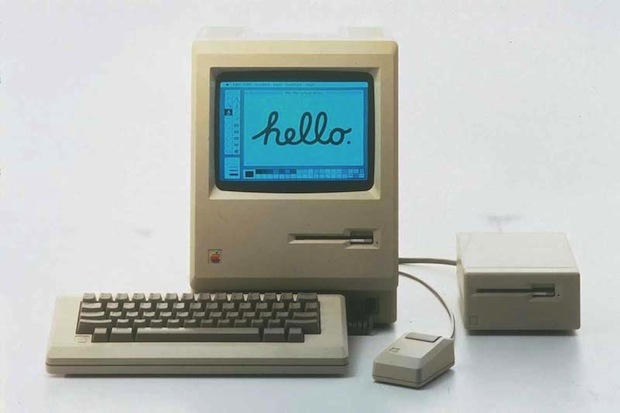
 September 27, 1979: Years before the Macintosh will ship, Steve Jobs and Jef Raskin clash for the first time over the direction of the R&D project to produce Apple’s revolutionary computer. Raskin, the founder of the Macintosh project, wants to produce a machine that’s affordable for everyone. Apple co-founder Jobs wants a computer that’s going to be the best, regardless of price.
September 27, 1979: Years before the Macintosh will ship, Steve Jobs and Jef Raskin clash for the first time over the direction of the R&D project to produce Apple’s revolutionary computer. Raskin, the founder of the Macintosh project, wants to produce a machine that’s affordable for everyone. Apple co-founder Jobs wants a computer that’s going to be the best, regardless of price.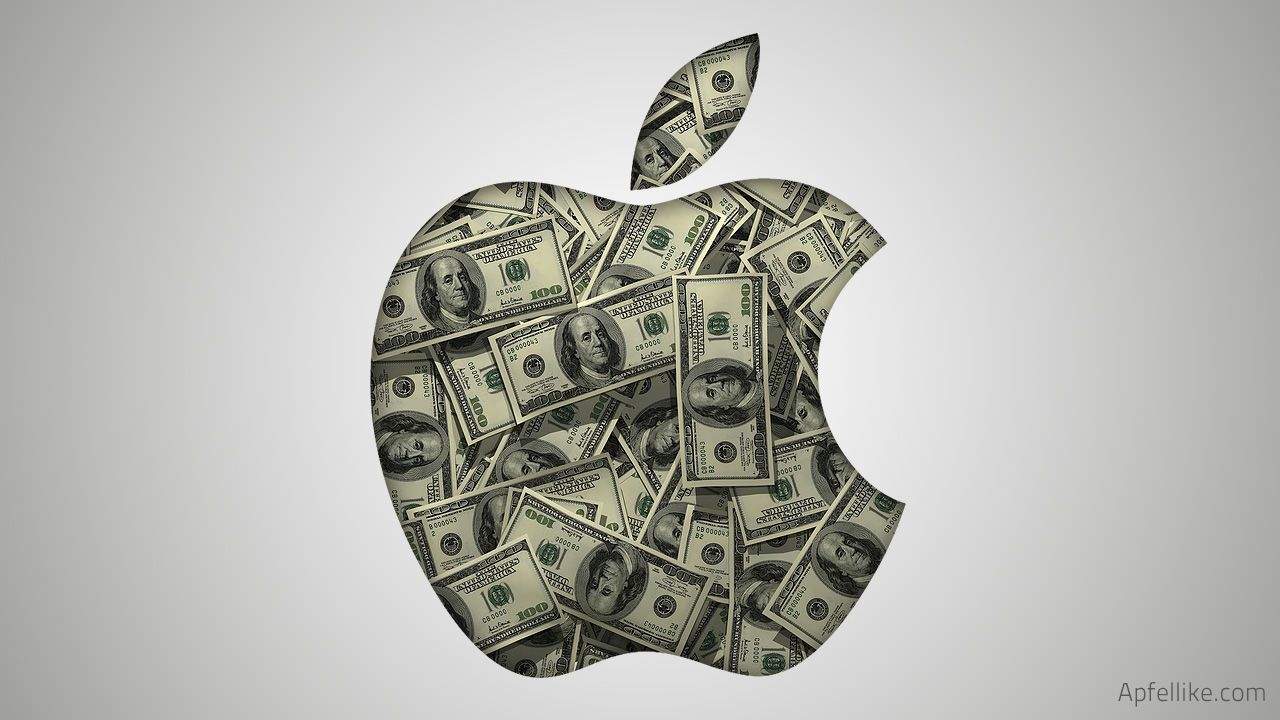
 September 26, 1997: In one of his first tasks after returning to Apple as interim CEO, Steve Jobs reveals the company’s massive quarterly loss of $161 million. It’s Apple’s biggest loss ever.
September 26, 1997: In one of his first tasks after returning to Apple as interim CEO, Steve Jobs reveals the company’s massive quarterly loss of $161 million. It’s Apple’s biggest loss ever.
 September 23, 1981: Years before Steve Jobs would tell us to “
September 23, 1981: Years before Steve Jobs would tell us to “
 September 21, 1999: A little startup called Google comes out of beta, with the launch of a website that will let the general public easily search the internet for information.
September 21, 1999: A little startup called Google comes out of beta, with the launch of a website that will let the general public easily search the internet for information.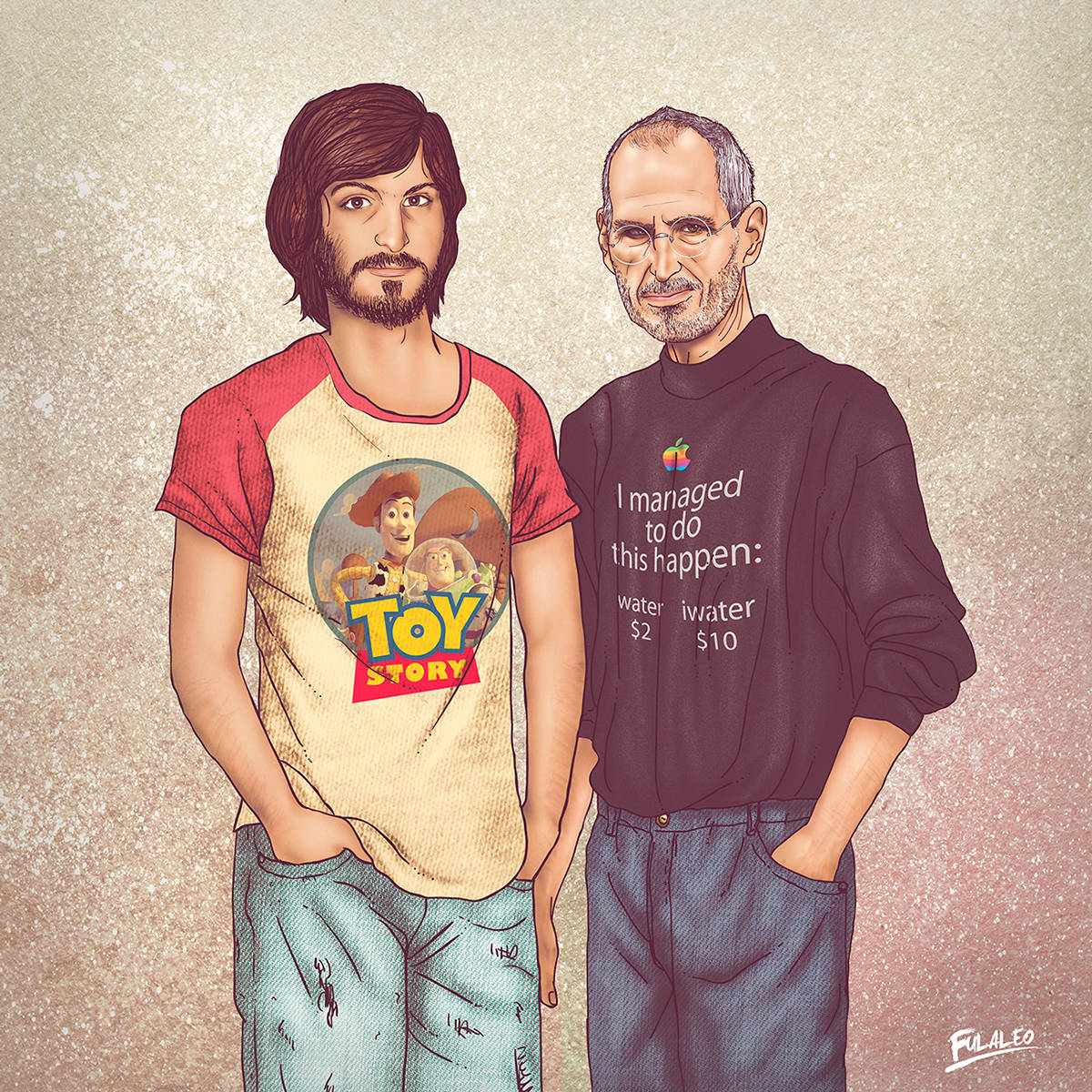
 September 16, 1985 and 1997: Twice on this day, Apple co-founder
September 16, 1985 and 1997: Twice on this day, Apple co-founder 
 September 14, 2010: Security workers reportedly stop Steve Jobs at Japan’s Kansai International Airport. The reason? The Apple CEO supposedly tried to
September 14, 2010: Security workers reportedly stop Steve Jobs at Japan’s Kansai International Airport. The reason? The Apple CEO supposedly tried to 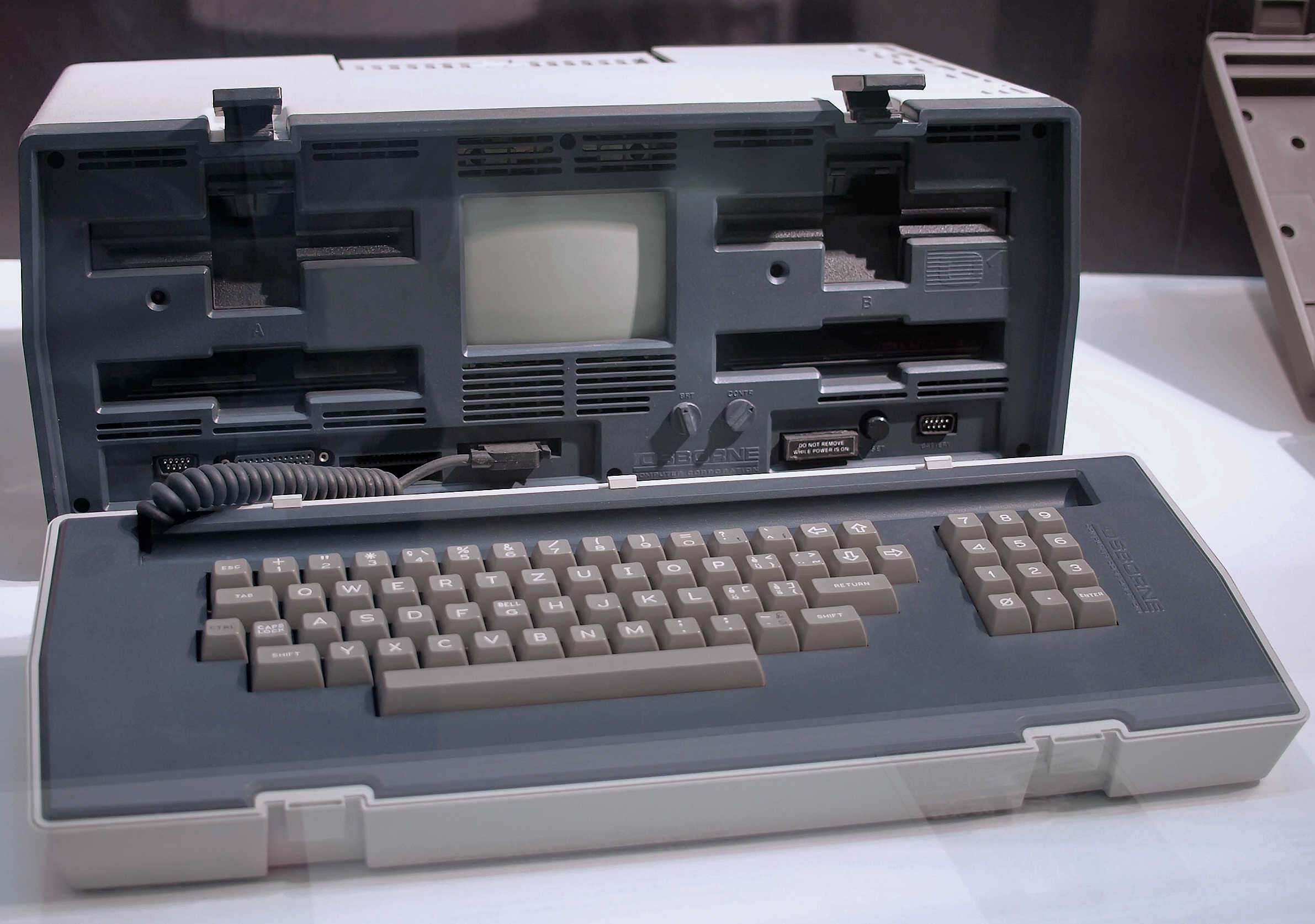
 September 13, 1983: Osborne Computer Corporation, one of Apple’s early rivals, declares bankruptcy. Many considered the company’s Osborne 1 the world’s first truly portable, full-featured computer. It packed everything users needed to set up shop at home or on the road. Alas, it didn’t last!
September 13, 1983: Osborne Computer Corporation, one of Apple’s early rivals, declares bankruptcy. Many considered the company’s Osborne 1 the world’s first truly portable, full-featured computer. It packed everything users needed to set up shop at home or on the road. Alas, it didn’t last!
 September 9, 2009: Apple CEO
September 9, 2009: Apple CEO 
 September 8, 2003: Apple reveals that the
September 8, 2003: Apple reveals that the 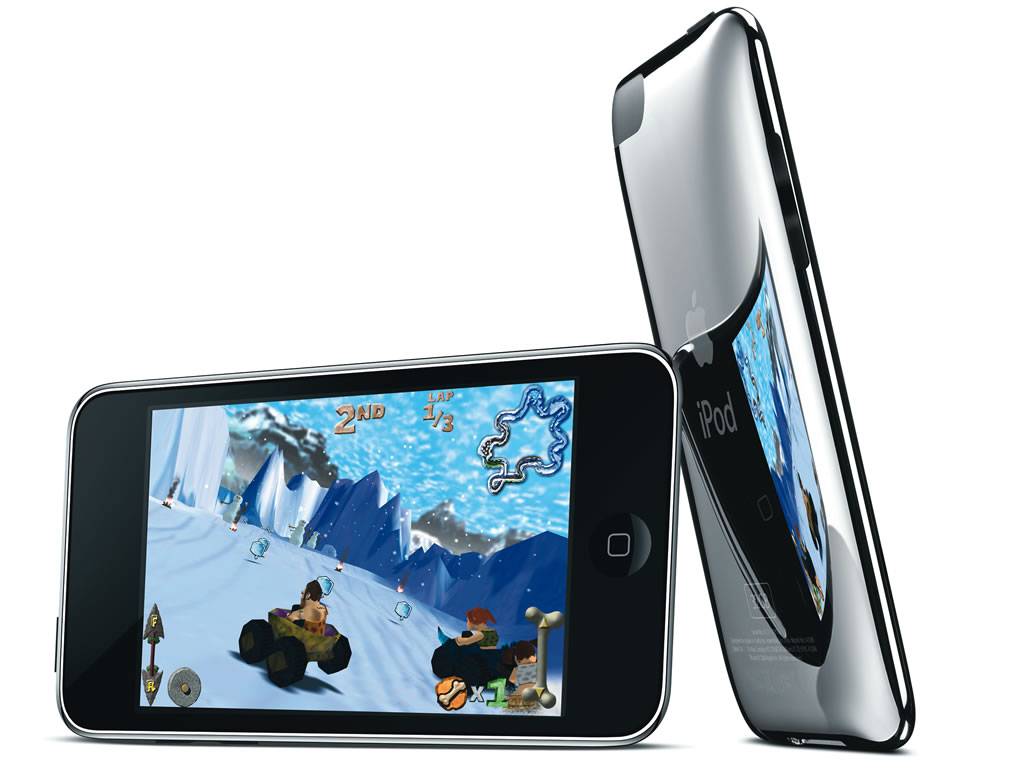
 September 5, 2007: Apple introduces its first new iPods after the release of the iPhone. The lineup includes the third-gen
September 5, 2007: Apple introduces its first new iPods after the release of the iPhone. The lineup includes the third-gen 
 September 4, 1997: The writing is on the wall for Apple’s Newton product line as the recently returned Steve Jobs effectively kills the Newton Inc. spinoff.
September 4, 1997: The writing is on the wall for Apple’s Newton product line as the recently returned Steve Jobs effectively kills the Newton Inc. spinoff.
 September 2, 1985: Reports claim Apple co-founder
September 2, 1985: Reports claim Apple co-founder 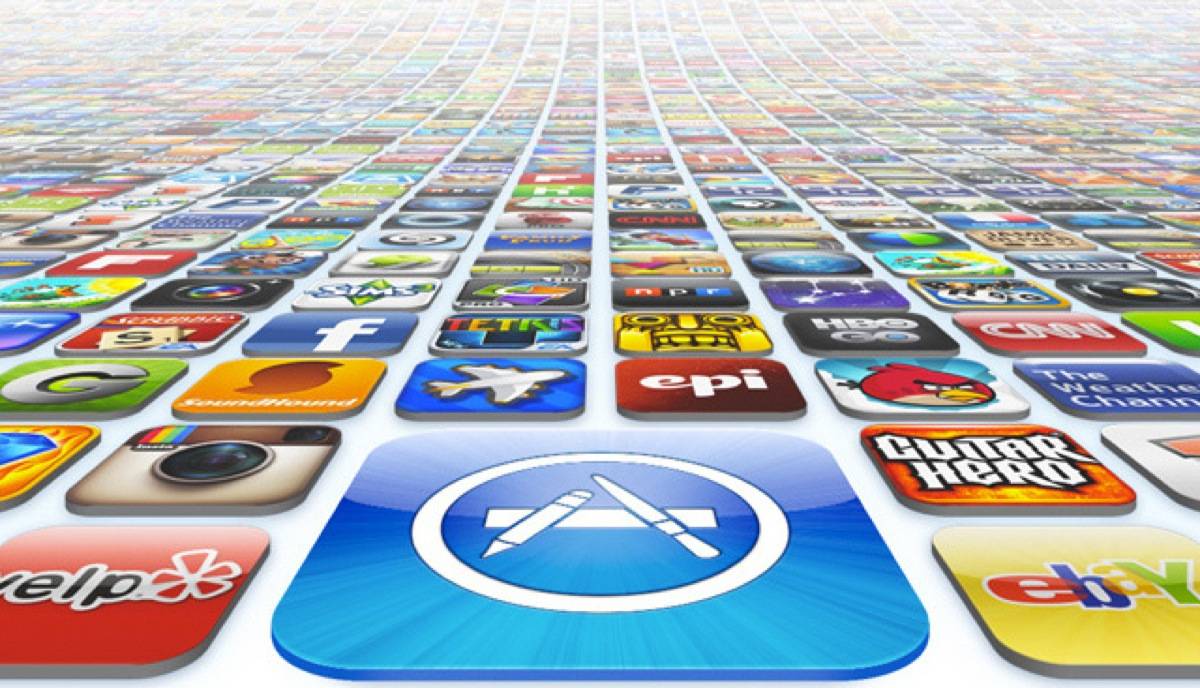
 August 30, 2010: Just two years after
August 30, 2010: Just two years after 
 August 29, 2001: During a meeting, Apple’s board of directors awards CEO
August 29, 2001: During a meeting, Apple’s board of directors awards CEO